Investigating The Sound Perimeter: Music And Collective Identity
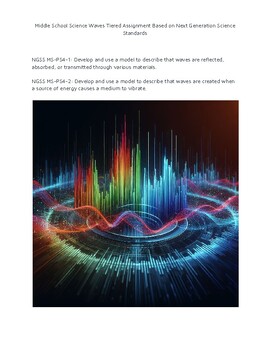
Table of Contents
Music as a Marker of Shared Heritage and Cultural Transmission
Music plays a crucial role in preserving and transmitting cultural heritage across generations. This transmission isn't merely about entertainment; it's about the preservation of a collective memory and the reinforcement of a shared identity.
The Role of Traditional Music
Traditional music forms the bedrock of many cultures, acting as a living archive of history and belief.
- Traditional music preserves historical narratives and cultural memories. Songs often recount historical events, myths, and legends, passing down knowledge and values through generations. This oral history, embedded in musical form, ensures the continuity of cultural narratives.
- Oral traditions often intertwine with music, passing down stories and beliefs. Many cultures rely on song as a primary method for transmitting important cultural information, from farming techniques to spiritual practices. The music itself becomes a mnemonic device, aiding in memorization and transmission.
- Traditional instruments and musical forms symbolize cultural continuity. The continued use of specific instruments and musical styles reinforces a sense of cultural identity and belonging, connecting present generations to their ancestors.
- Examples: Irish folk music, with its intricate melodies and storytelling lyrics, embodies a rich cultural heritage. Native American powwow songs, often accompanied by vibrant dance, celebrate community and spirituality. Flamenco, originating in Andalusia, Spain, showcases the passion and history of the region through its unique rhythmic patterns and emotional intensity. These examples showcase how traditional music acts as a powerful symbol of collective identity.
Music and Language: A Symbiotic Relationship
The relationship between music and language is deeply intertwined, particularly in its role in shaping collective identity.
- Language embedded in songs reinforces cultural identity. Lyrics, often expressing cultural values, beliefs, and experiences, strengthen the sense of shared identity within a community.
- Musical rhythms and melodies reflect linguistic patterns. The rhythmic structures and melodic contours of music often mirror the rhythmic and prosodic features of the language it accompanies, creating a synergistic relationship.
- Dialects and regional variations are often reflected in musical styles. Musical styles can differ significantly across regions, reflecting linguistic variations and contributing to regional identity.
- Examples: The diverse regional variations within Hip-Hop, from the East Coast to the West Coast, demonstrate how musical styles can reflect linguistic and cultural differences. Similarly, the evolution of dialects in folk music throughout history showcases the dynamic relationship between language, music, and cultural identity.
Music, Social Movements, and the Creation of Collective Identity
Music acts as a catalyst for social change and plays a vital role in the formation of collective identities around shared causes and beliefs.
Music as a Catalyst for Social Change
Protest songs and anthems have historically united individuals around shared political and social goals.
- Protest songs and anthems unite individuals around a shared cause. Music provides a powerful platform for expressing dissent, mobilizing people, and promoting social justice.
- Music amplifies marginalized voices and promotes social justice. By giving voice to the oppressed and marginalized, music empowers individuals and communities to challenge injustice and inequality.
- Music festivals and concerts can create spaces for collective action. These events bring people together around shared musical tastes and political beliefs, creating opportunities for collective action and social mobilization.
- Examples: The Civil Rights movement utilized gospel music and spirituals as powerful tools for protest and mobilization. Anti-apartheid music in South Africa played a crucial role in galvanizing opposition to the racist regime. Punk rock, with its rebellious spirit, became a soundtrack for counter-cultural movements and social activism.
Music and the Formation of Subcultures
Shared musical tastes frequently lead to the formation of subcultures, binding individuals together through a sense of shared identity and values.
- Shared musical tastes foster a sense of belonging within subcultures. Music provides a common ground for individuals who might otherwise feel isolated or marginalized.
- Music styles serve as markers of identity and social affiliation. Particular musical genres and styles often become powerful symbols of subcultural identity, signaling belonging and separating members from the broader culture.
- Subcultural music can challenge dominant norms and create alternative spaces. Subcultural music often acts as a means of expressing resistance to mainstream culture and creating alternative social structures.
- Examples: Goth music fostered a distinct subculture with its own aesthetics, values, and social networks. Heavy metal created a global community united by its powerful music and shared identity. Rave culture, with its emphasis on electronic dance music and communal experience, similarly built a strong and influential subculture.
The Modern Soundscape and Shifting Collective Identities
Globalization and technological advancements have significantly impacted the modern soundscape, leading to the emergence of new forms of collective identity and challenging traditional notions of cultural boundaries.
Globalization and Musical Hybridity
The increasing interconnectedness of the world has fostered a dynamic exchange of musical ideas and styles.
- Global music exchange creates new forms of collective identity. The fusion of different musical traditions gives rise to hybrid genres that transcend national and cultural borders.
- Fusion genres blur boundaries and foster intercultural dialogue. These hybrid genres encourage cultural exchange and understanding, fostering connections between different communities.
- The internet facilitates global musical collaboration and dissemination. Digital platforms have broken down geographical barriers, enabling musicians from around the world to collaborate and share their music with a global audience.
- Examples: World music, encompassing diverse musical traditions from around the globe, represents a powerful example of global musical exchange. K-Pop's global popularity has created a vast and interconnected international fandom. Globalized electronic music styles, like EDM, demonstrate the ease with which musical styles can transcend geographical and cultural barriers.
The Impact of Technology on Music and Identity
Technology has fundamentally altered the way we consume and produce music, with profound implications for collective identity.
- Digital platforms enable the creation and sharing of music on an unprecedented scale. The ease of music production and distribution has democratized music-making, allowing individuals and communities to create and share their music more readily than ever before.
- Online communities built around music foster a sense of connection. Digital platforms create spaces for individuals with shared musical tastes to connect, regardless of their geographical location.
- Music streaming services create personalized listening experiences but can also fragment collective identities. While offering access to a vast musical library, personalized playlists can potentially lead to a more fragmented and individualized experience, reducing exposure to shared musical experiences that foster collective identity.
- Examples: Online music communities, like forums and social media groups, provide spaces for fans of specific genres or artists to connect and share their passion. Collaborative music-making platforms allow musicians to work together remotely, transcending geographical limitations. Personalized playlists, while convenient, can lead to a more isolated and less shared listening experience.
Conclusion
Music plays a vital role in shaping and reinforcing collective identity. From traditional songs preserving cultural heritage to contemporary music fostering social movements and subcultures, the "sound perimeter" defined by music unites individuals and communities. Understanding the complex interplay between music and collective identity is crucial to appreciating the cultural richness and diversity of human societies. Further research into how collective identity through music manifests in different contexts will continue to illuminate this powerful relationship. Explore the profound influence of music on collective identity – investigate the sound perimeter today!

Featured Posts
-
 Thlatht Njwm Ysharkwn Lawl Mrt Me Mntkhb Amryka Tht Qyadt Bwtshytynw
May 21, 2025
Thlatht Njwm Ysharkwn Lawl Mrt Me Mntkhb Amryka Tht Qyadt Bwtshytynw
May 21, 2025 -
 Musique Le Hellfest Au Noumatrouff De Mulhouse
May 21, 2025
Musique Le Hellfest Au Noumatrouff De Mulhouse
May 21, 2025 -
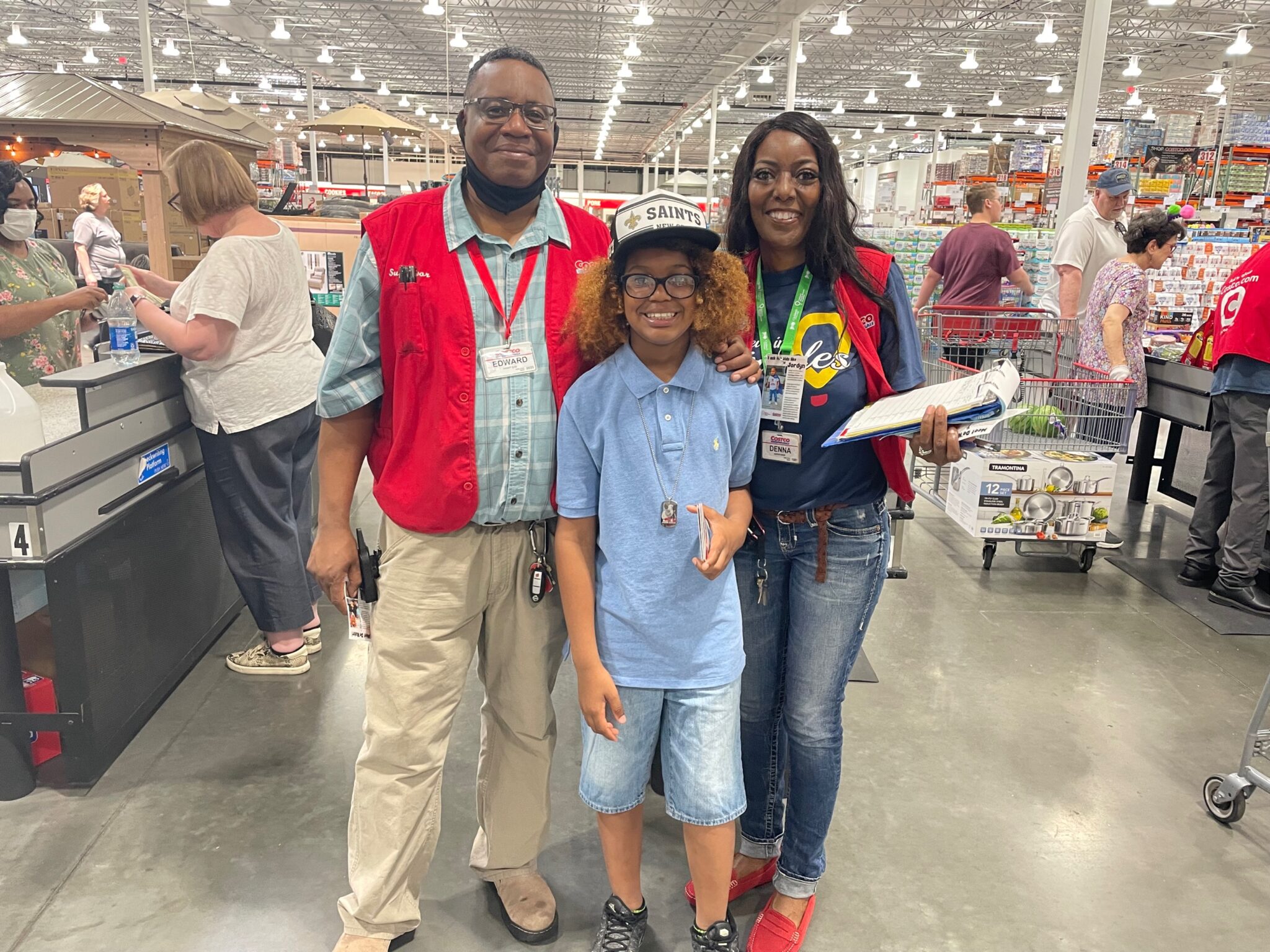 Analyzing The Costco Campaign A Saskatchewan Political Perspective
May 21, 2025
Analyzing The Costco Campaign A Saskatchewan Political Perspective
May 21, 2025 -
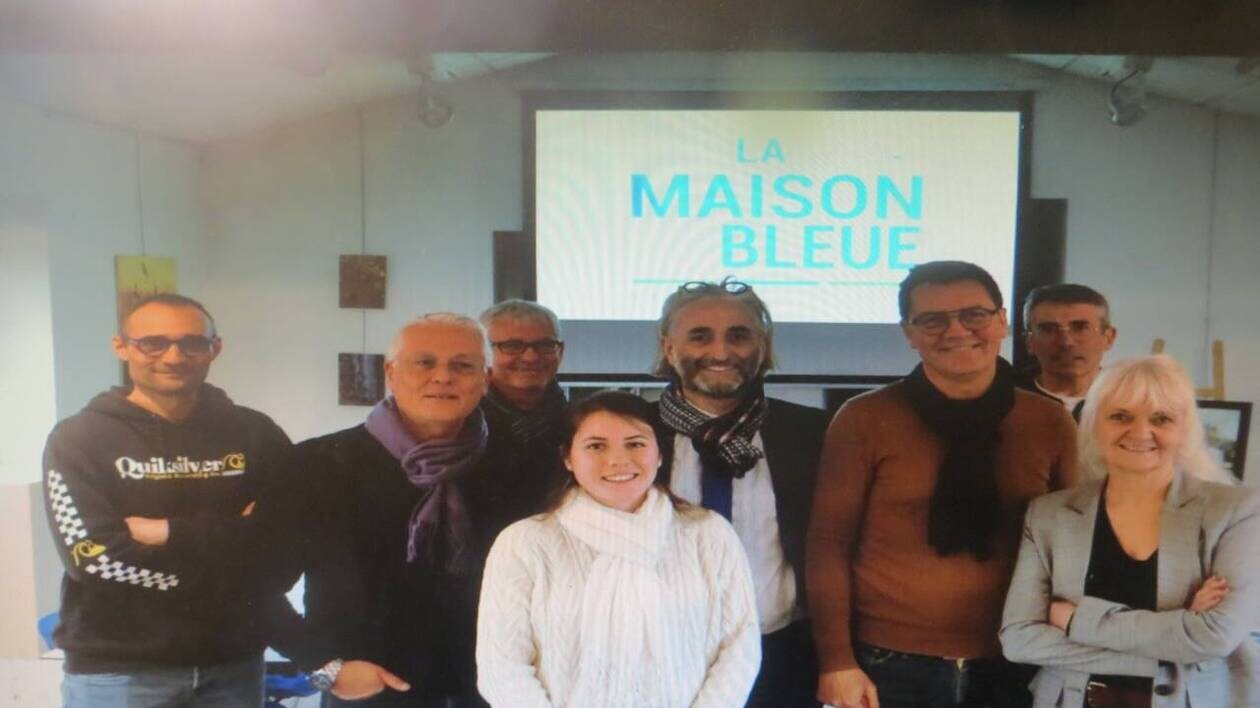 Navette Gratuite Testee La Haye Fouassiere Haute Goulaine
May 21, 2025
Navette Gratuite Testee La Haye Fouassiere Haute Goulaine
May 21, 2025 -
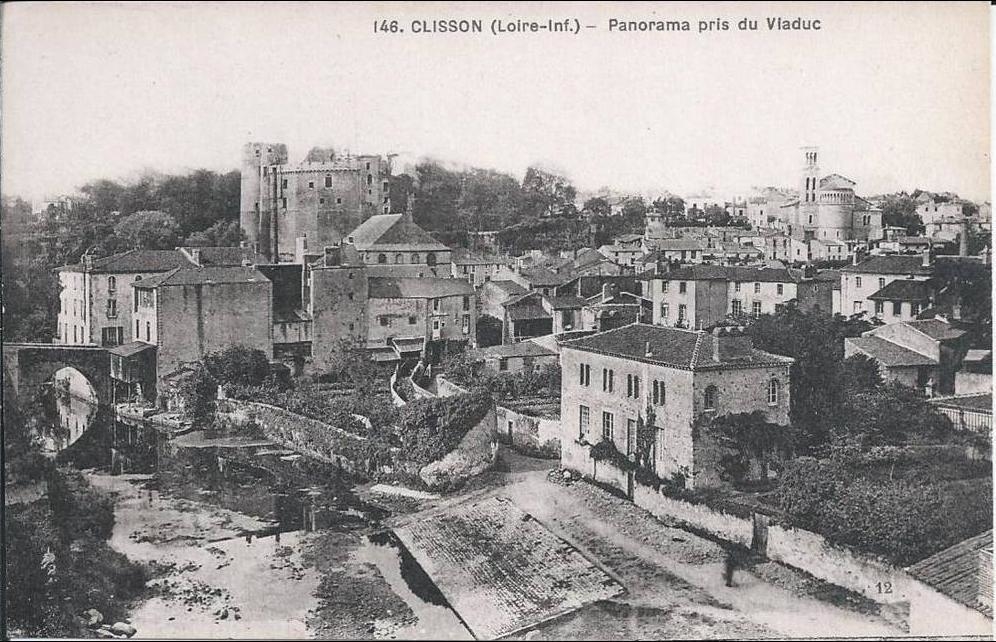 Diversification A Clisson Et Moncoutant Sur Sevre Histoire Et Perspectives
May 21, 2025
Diversification A Clisson Et Moncoutant Sur Sevre Histoire Et Perspectives
May 21, 2025
Latest Posts
-
 Looney Tunes And Cartoon Network Stars New 2025 Animated Short
May 21, 2025
Looney Tunes And Cartoon Network Stars New 2025 Animated Short
May 21, 2025 -
 Teletoon Spring Streaming Jellystone And Pinata Smashling Highlight New Shows
May 21, 2025
Teletoon Spring Streaming Jellystone And Pinata Smashling Highlight New Shows
May 21, 2025 -
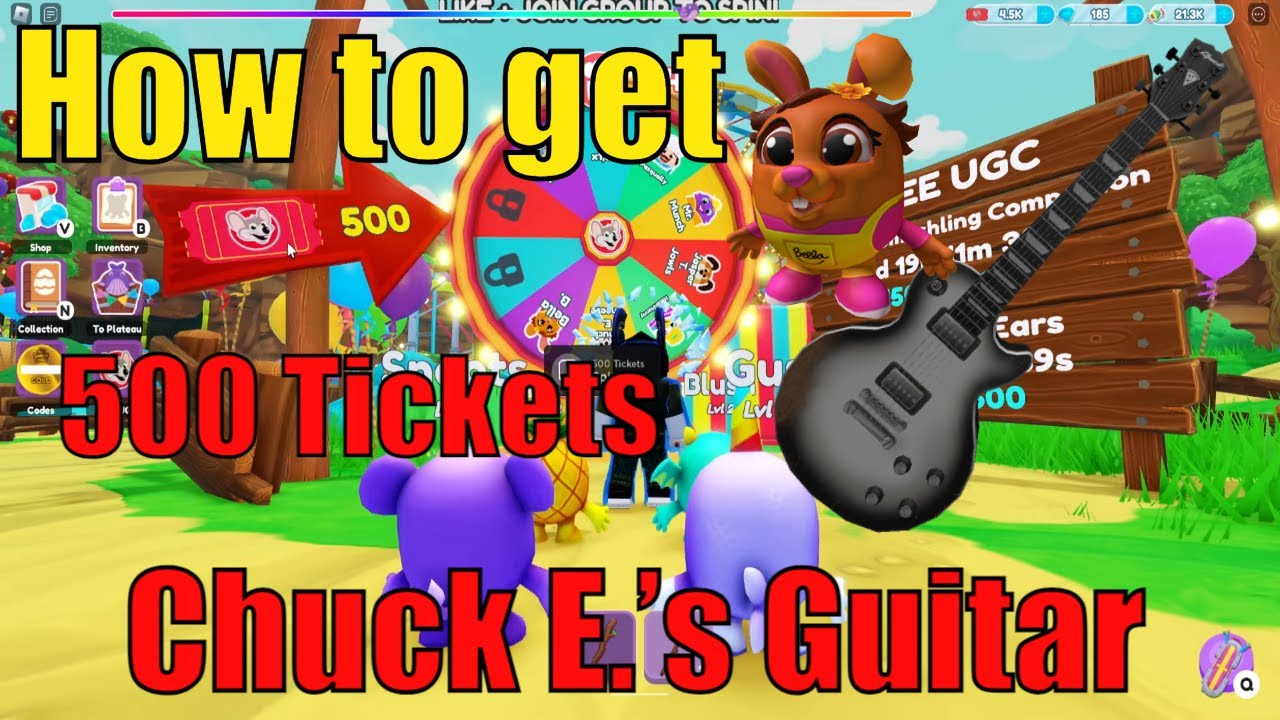 Jellystone Pinata Smashling Leads Teletoon Spring Streaming Lineup
May 21, 2025
Jellystone Pinata Smashling Leads Teletoon Spring Streaming Lineup
May 21, 2025 -
 Dexter Resurrection Das Comeback Der Kultfiguren
May 21, 2025
Dexter Resurrection Das Comeback Der Kultfiguren
May 21, 2025 -
 The Curious Case Of Gumball A Look At Upcoming Episodes
May 21, 2025
The Curious Case Of Gumball A Look At Upcoming Episodes
May 21, 2025
